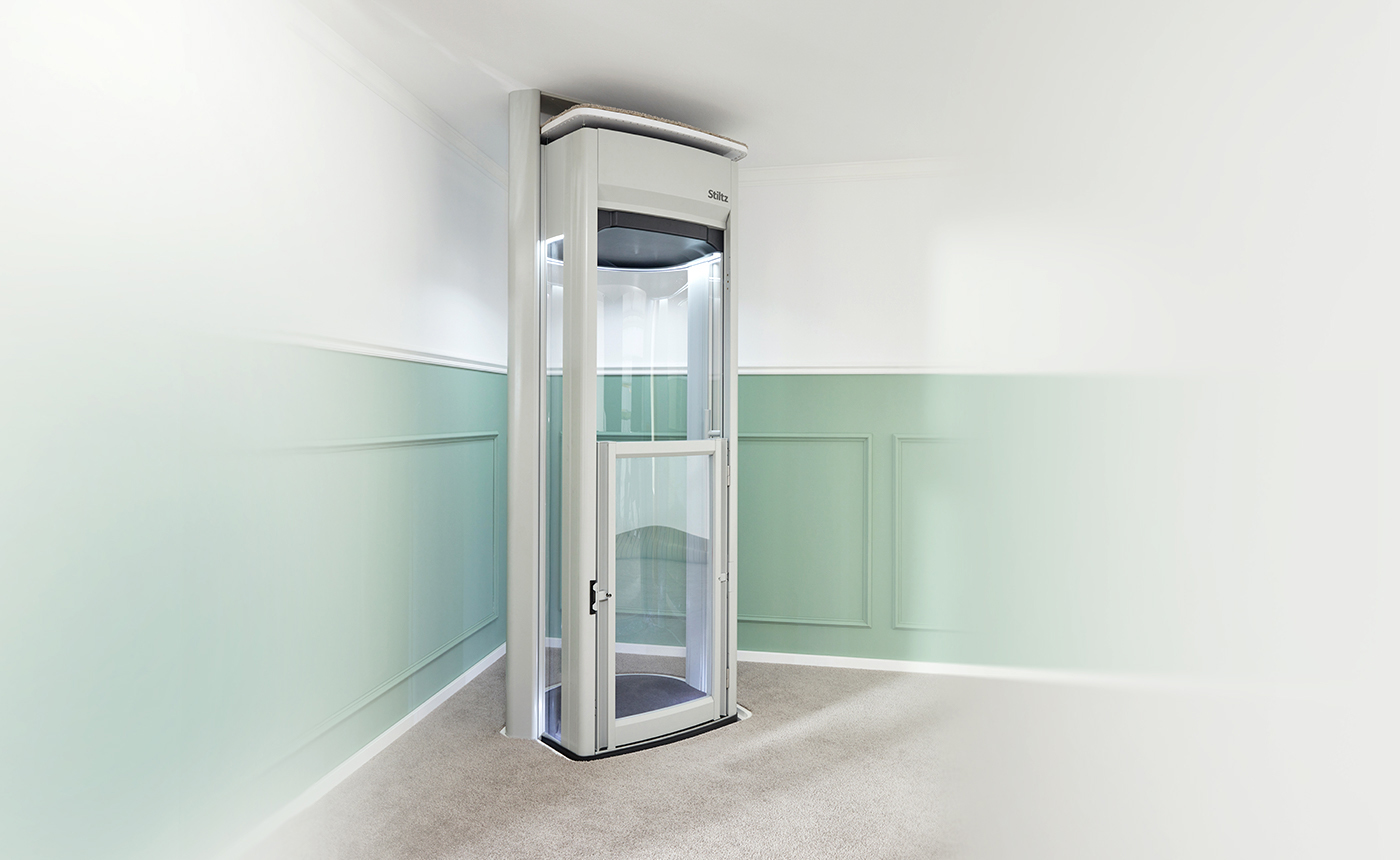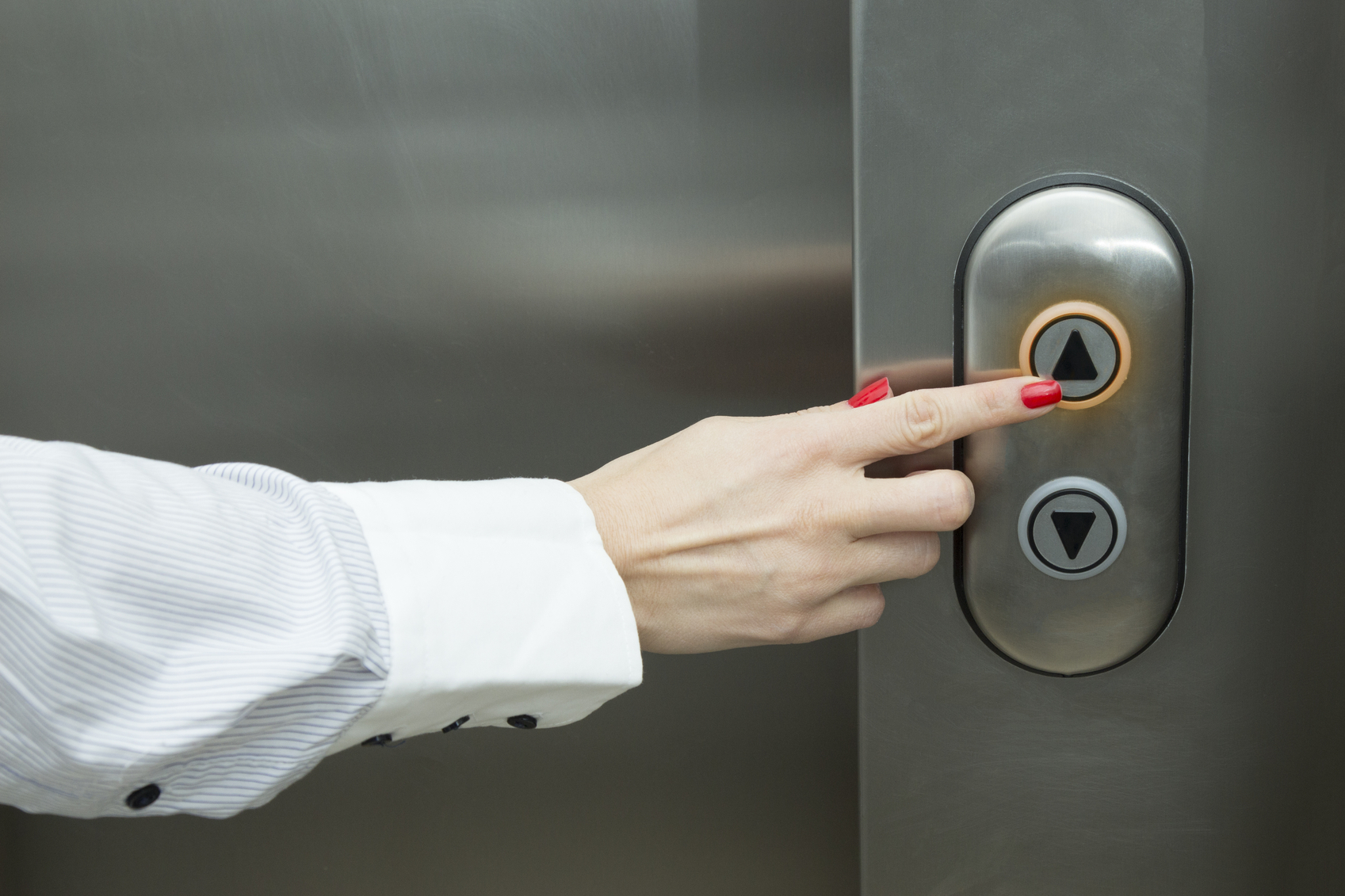Affordable Lift Repair Near Me: Specialist Professionals at Your Service
Affordable Lift Repair Near Me: Specialist Professionals at Your Service
Blog Article
Diving Into the World of Lifts: Typical Issues Encountered by Various Lift Mechanisms
As we browse with the vertical transport systems of modern buildings, elevators attract attention as an essential component of our every day lives. Nonetheless, behind their seamless operation exists a world of complex mechanisms that can often experience obstacles. From hydraulic elevators to grip systems and machine-room-less designs, each lift kind features its set of common problems. Understanding these difficulties is crucial for making certain the smooth functioning of these crucial systems. Let's discover the complexities that underlie the operation of lifts and the potential problems that can emerge, clarifying the elaborate internet of lift devices.
Hydraulic Lifts
Hydraulic lifts, often chosen for low-rise structures, utilize fluid stress to control the movement of the elevator cars and truck (lift repair companies). This mechanism involves a hydraulic pump pushing oil right into a cylinder, causing the elevator to relocate the preferred instructions. While hydraulic lifts are understood for their peaceful and smooth procedure, they do feature their very own collection of usual concerns
One prevalent trouble with hydraulic lifts is oil leak. The seals in the hydraulic system can use out in time, causing oil seepage. This not just produces a mess yet can additionally impact the elevator's efficiency if left unaddressed. Additionally, problems with the control system, such as damaged shutoffs or a malfunctioning pump, can create disturbances in the lift's activity.
Routine maintenance and prompt repairs are necessary to make certain the smooth performance of hydraulic elevators. By dealing with these common concerns proactively, structure proprietors can reduce downtime and ensure the safety and performance of their upright transportation system.
Grip Lifts
When considering upright transportation systems in structures, one more common kind besides hydraulic elevators is the traction lift. Traction lifts run using a system of ropes and weights that relocate the elevator car by clutching onto the hoist ropes. This system enables for smoother and faster upright transportation compared to hydraulic systems.
One of the usual problems faced by traction lifts is rope wear. The consistent motion of the ropes within the grip system can bring about use and tear with time, potentially creating the elevator to malfunction or come to be harmful for usage. Normal inspections and maintenance of the ropes are vital to make sure the lift's proper performance and safety.
An additional issue that grip elevators might come across is associated with the control system. Issues with the control system can bring about issues such as unpredictable movement, hold-ups in reaction times, and even full shutdowns. Routine screening and upkeep of the control system are essential to protect against such issues and guarantee the lift's integrity.
Machine-Room-Less (MRL) Elevators

Among the crucial components of MRL lifts is the small gearless grip machine that is mounted navigate to these guys within the hoistway. This device successfully drives the elevator automobile without the need for large equipment found in traditional grip elevators. Furthermore, MRL elevators normally use a weight system to stabilize the automobile, further improving their energy effectiveness.
In spite of their advantages, MRL lifts might face difficulties connected to maintenance and repair work because of the constrained area for tools setup. Access for servicing parts within the shaft can be limited, calling for specialized training for professionals. Correct maintenance timetables and routine examinations are essential to guarantee the continued smooth operation of MRL elevators.
Overloading and Weight Limitation Issues
Are lifts outfitted to handle excess weight loads successfully and securely? Straining and weight restriction concerns are crucial worries in lift procedures. Lift makers layout lifts with details weight abilities to ensure passenger safety and security and tools long life. Going beyond these weight restrictions can bring about numerous troubles, consisting of mechanical failures, delays, and safety hazards.
When elevators are overloaded, it places too much stress on the motor, wires, and various other components, possibly triggering breakdowns or failures. If they identify excess weight, security systems such as sensing units and overload sensors are in area to stop elevators from relocating. Additionally, going beyond weight limitations can lead to raised energy usage and deterioration on the lift system.
To reduce straining problems, constructing managers must plainly show weight limits in lifts and educate passengers on the significance of sticking to these constraints - lift repair companies. Regular upkeep checks visit site by qualified service technicians can also help ensure that elevators are operating within secure weight specifications. By dealing with overloading and weight limitation issues proactively, structure owners can improve lift safety and efficiency
Electric System Failings
Exceeding weight limits in elevators can not just lead to mechanical concerns yet additionally possibly add to electrical system failings within the lift framework. Electric system failures are a crucial issue in elevator operation, as they can cause unexpected closures, breakdowns, or even safety and security hazards.
Moreover, power surges or changes in the electric supply can likewise interrupt the elevator's operation, affecting its performance and safety and security. These electric disruptions can damage sensitive elevator parts such as control panels, motherboard, or sensing units, resulting in system failings. Normal maintenance and examinations are important to identify and resolve potential electrical concerns without delay, making sure the risk-free and effective operation of lift systems. By sticking to weight restrictions and carrying out regular electrical system why not try this out checks, structure owners can minimize the danger of electric failures in elevators.
Conclusion

Hydraulic elevators, usually chosen for low-rise structures, use fluid pressure to control the activity of the elevator auto.When thinking about vertical transport systems in buildings, an additional usual type apart from hydraulic elevators is the traction lift. Traction elevators run using a system of ropes and weights that relocate the elevator cars and truck by gripping onto the hoist ropes. Unlike standard lifts that require a different equipment area to house the devices, MRL lifts incorporate most of the elements within the shaft, removing the need for a specialized machine space.In conclusion, lifts encounter common problems such as hydraulic breakdowns, grip system failings, and electrical system issues.
Report this page